Walter T. Grandy Jr.0199546177, 9780199546176, 9780191562952
Table of contents :
Contents……Page 8
Preface……Page 12
1.1 Heat……Page 16
1.2 The emergence of entropy……Page 18
1.3 Classical thermodynamics……Page 20
1.4 Is there a deeper interpretation?……Page 24
2 Some clarification from another direction……Page 30
2.1 Information and physics……Page 33
3 The probability connection……Page 36
3.1 The principle of maximum entropy……Page 41
4 Equilibrium statistical mechanics and thermodynamics……Page 49
4.1 The meaning of maximum entropy……Page 58
4.2 Fluctuations……Page 66
4.3 A mischaracterization……Page 70
5 The presumed extensivity of entropy……Page 74
6 Nonequilibrium states……Page 84
6.1 The linear approximation……Page 87
6.2 Simple fluids……Page 90
6.3 A transport example……Page 94
6.4 Inhomogeneous systems……Page 96
6.5 Some reflection……Page 102
7 Steady-state processes……Page 104
7.1 Steady-state transport processes in simple fluids……Page 108
8 Sources and time-dependent processes……Page 114
8.1 Equation of motion revisited……Page 119
9 Thermal driving……Page 122
9.1 Nonequilibrium thermodynamics……Page 127
9.2 Linear heating……Page 130
9.3 A special case: linear dynamic response……Page 134
10 Application to fluid dynamics……Page 139
10.1 Hydrodynamic fluctuations……Page 141
10.2 Fluid dynamics equations of motion……Page 143
10.3 The onset of turbulence……Page 147
10.4 Ultrasonic propagation……Page 150
10.5 Correlations in nonequilibrium fluids……Page 153
11 Irreversibility, relaxation, and the approach to equilibrium……Page 157
11.1 Irreversibility……Page 158
11.2 The second law……Page 163
11.3 Is time asymmetry an issue?……Page 165
11.4 Relaxation and the approach to equilibrium……Page 167
12 Entropy production and dissipation rates……Page 175
12.1 The statistical mechanics formulation……Page 182
Appendix A: Perturbation theory……Page 189
A.1 Fluid equations of motion……Page 193
A.2 Operator identities……Page 194
Appendix B: Dissipative currents and Galilean invariance……Page 196
B.1 Galilean invariance……Page 199
Appendix C: Analytic continuation of covariance functions……Page 204
References……Page 208
L……Page 220
Z……Page 221
E……Page 222
R……Page 223
V……Page 224
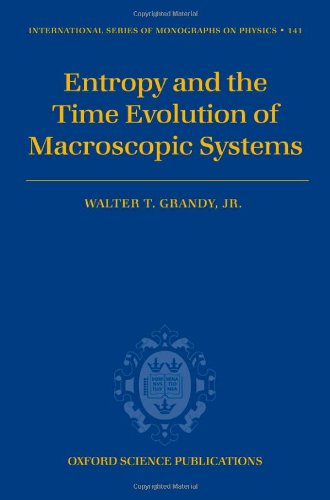
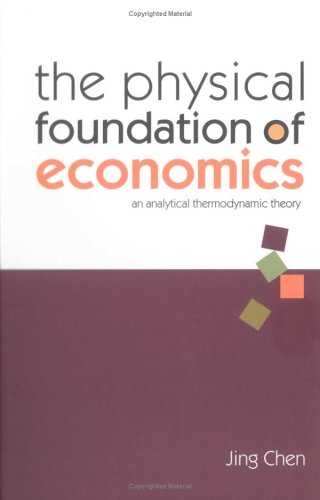
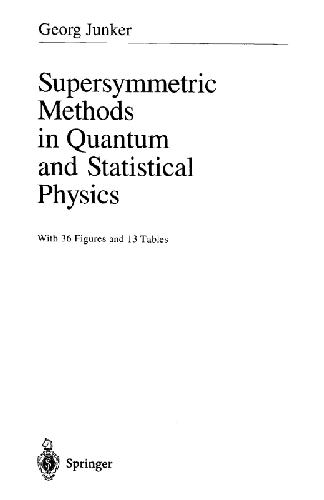
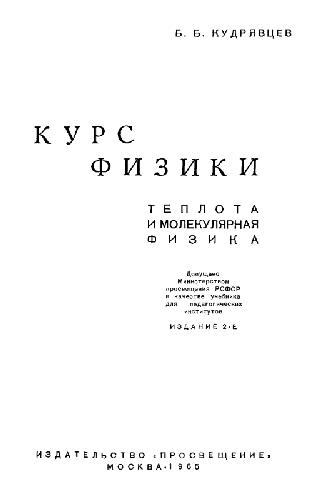

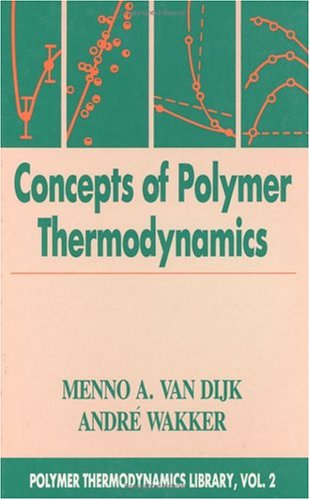
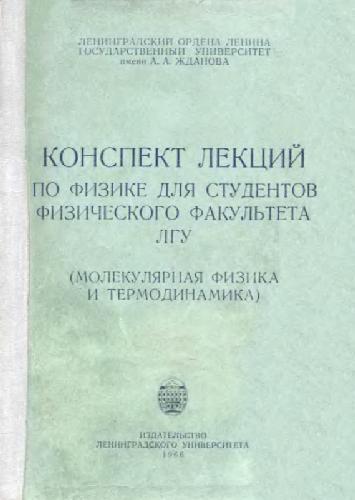
Reviews
There are no reviews yet.